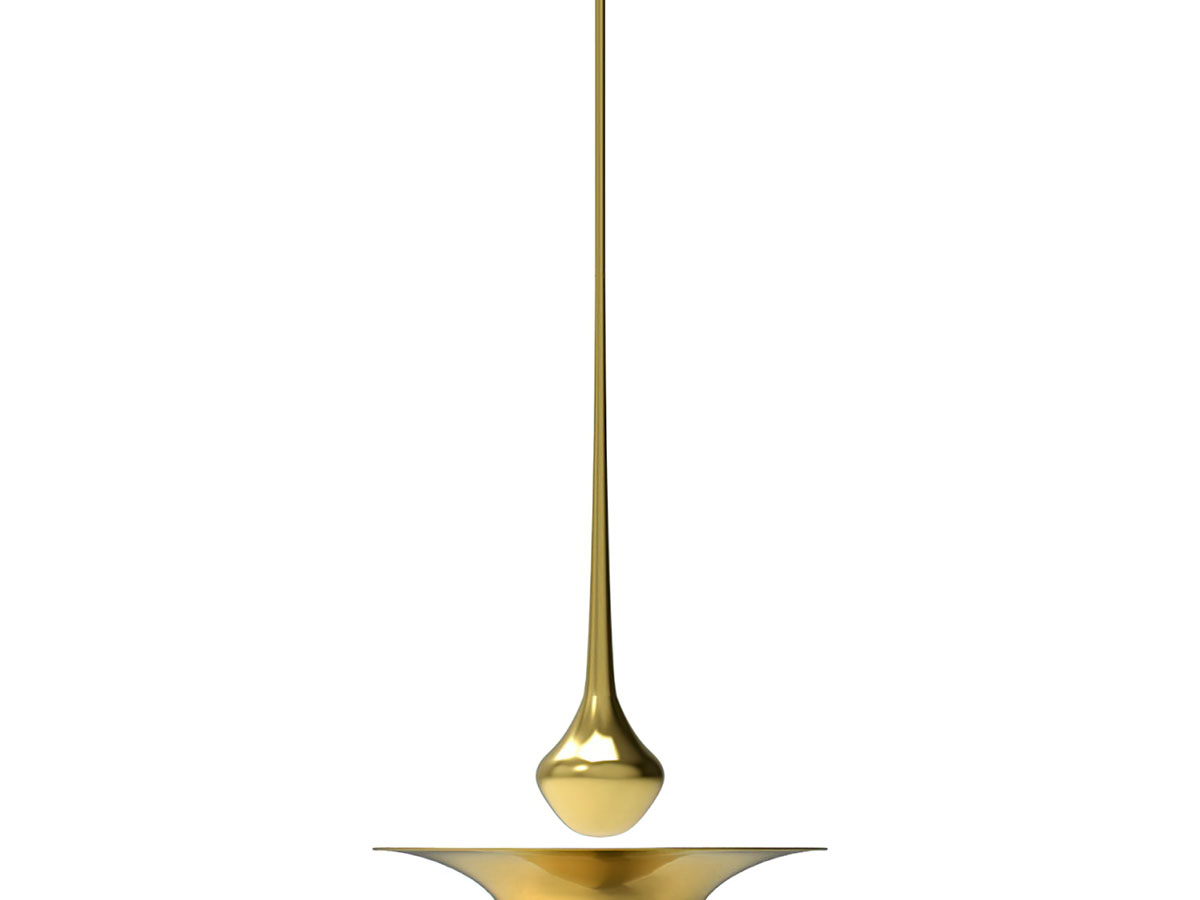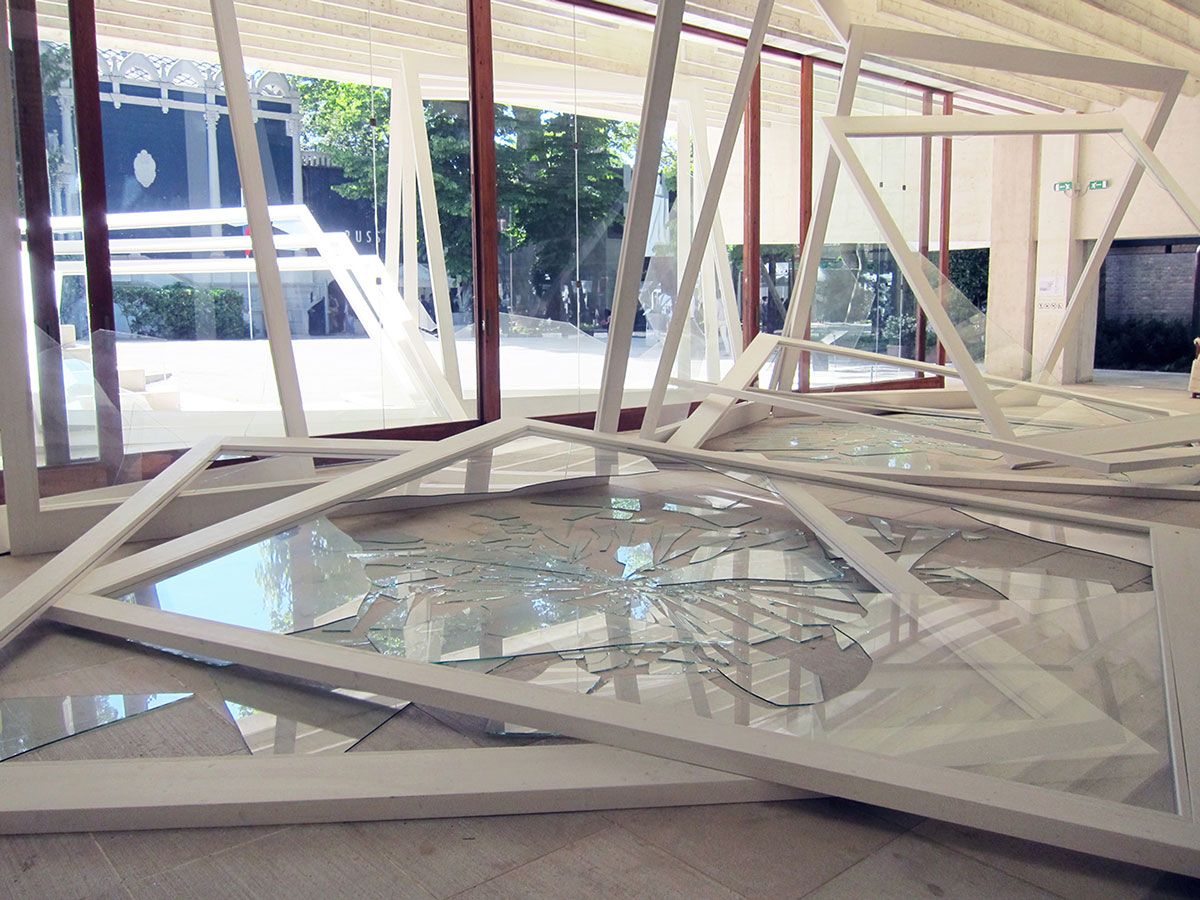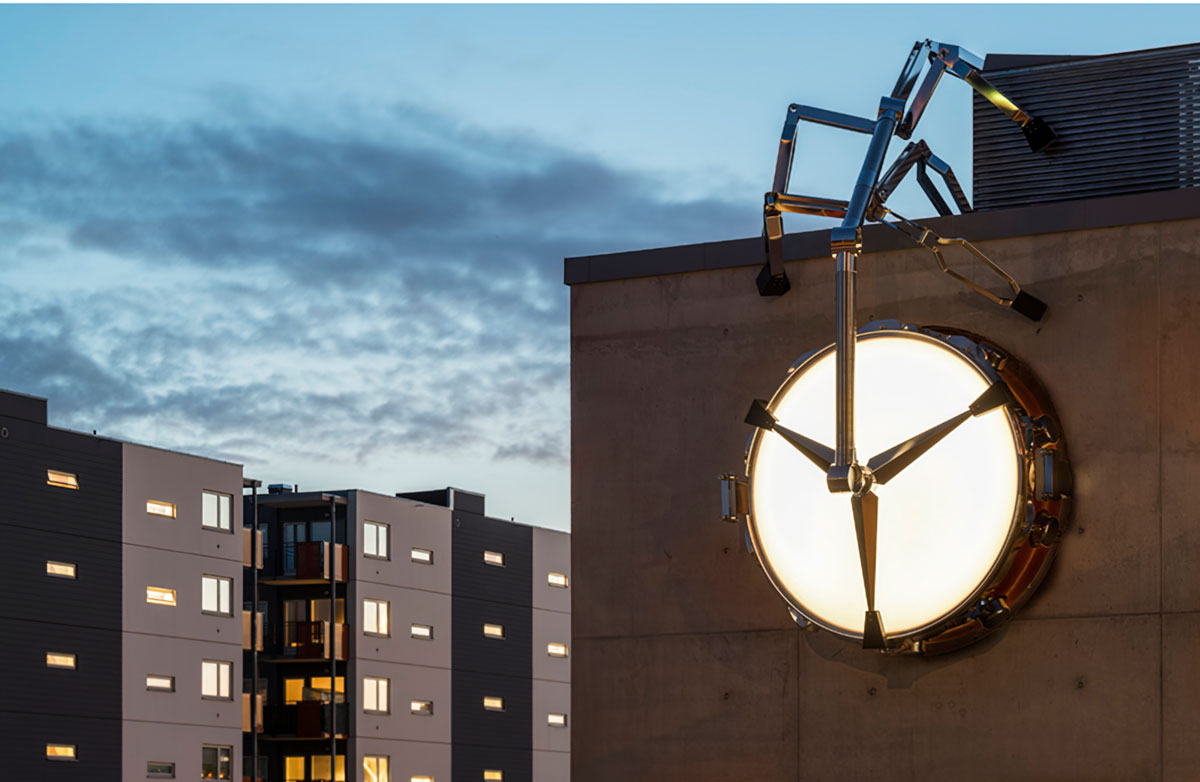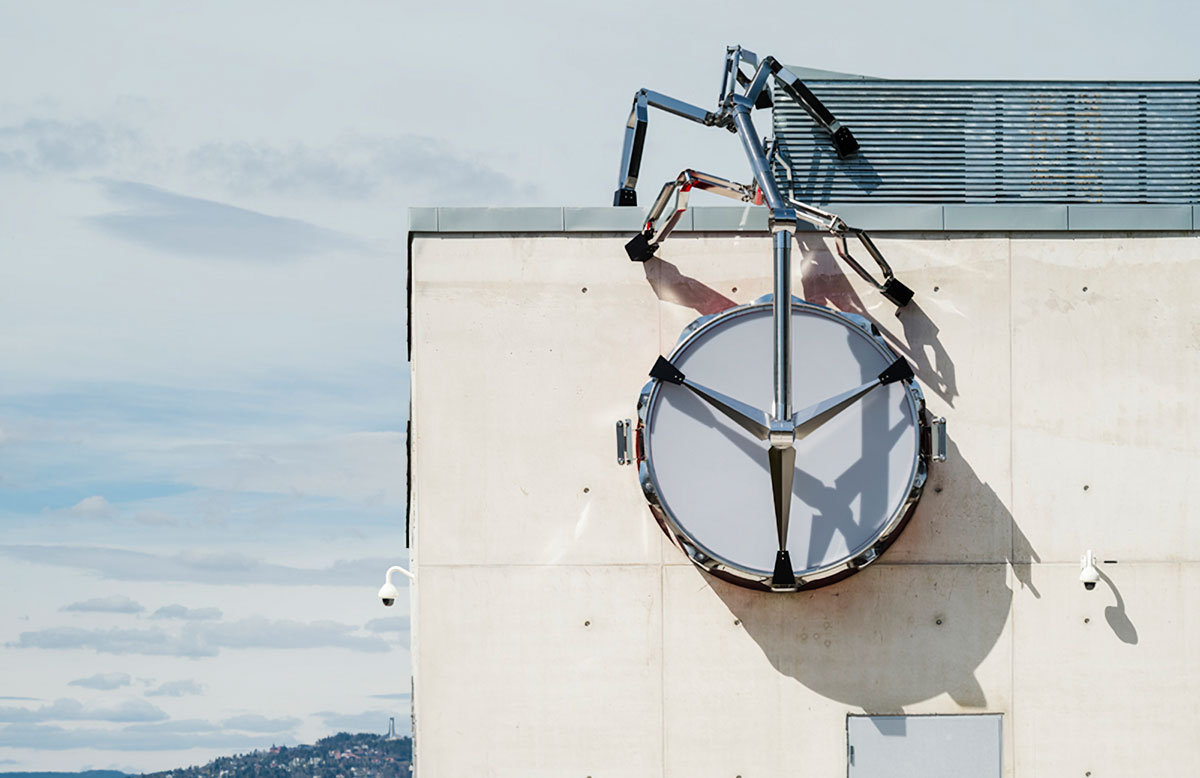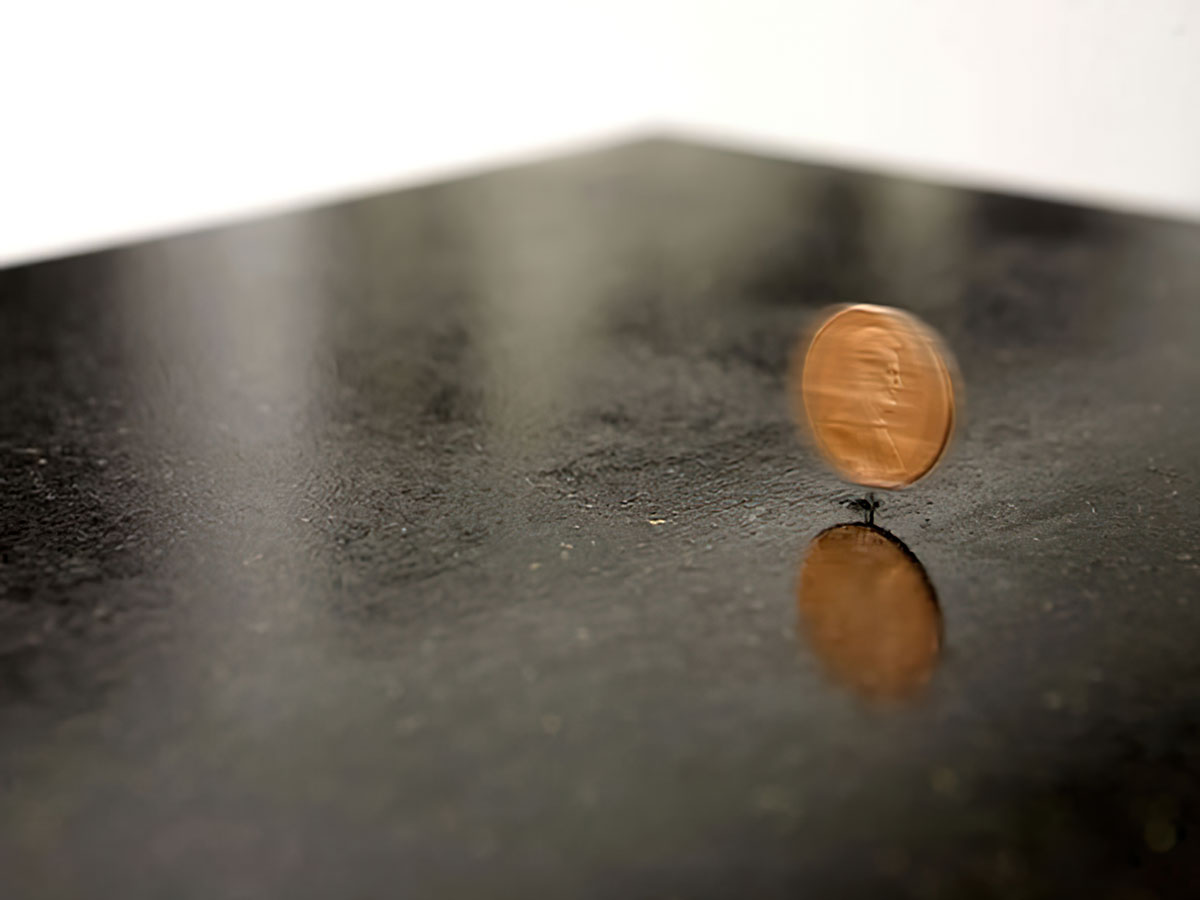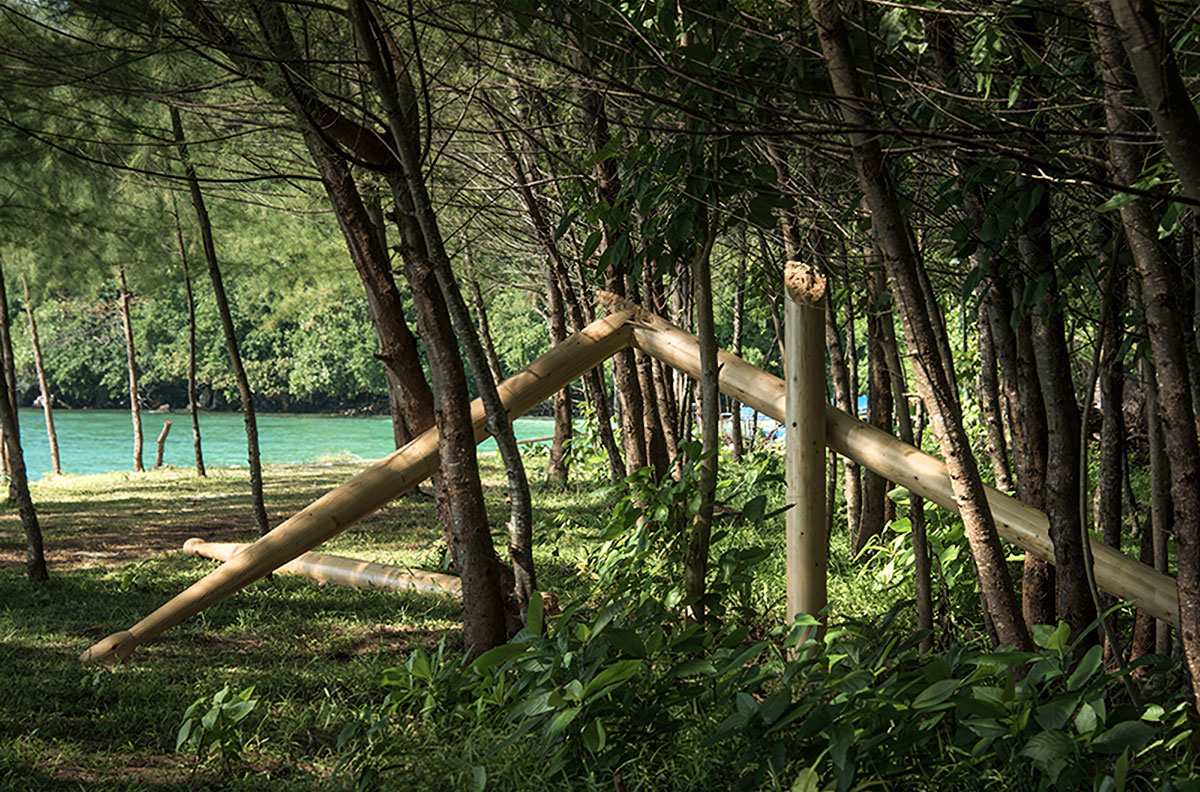PRESENTATION: Camille Norment-Plexus
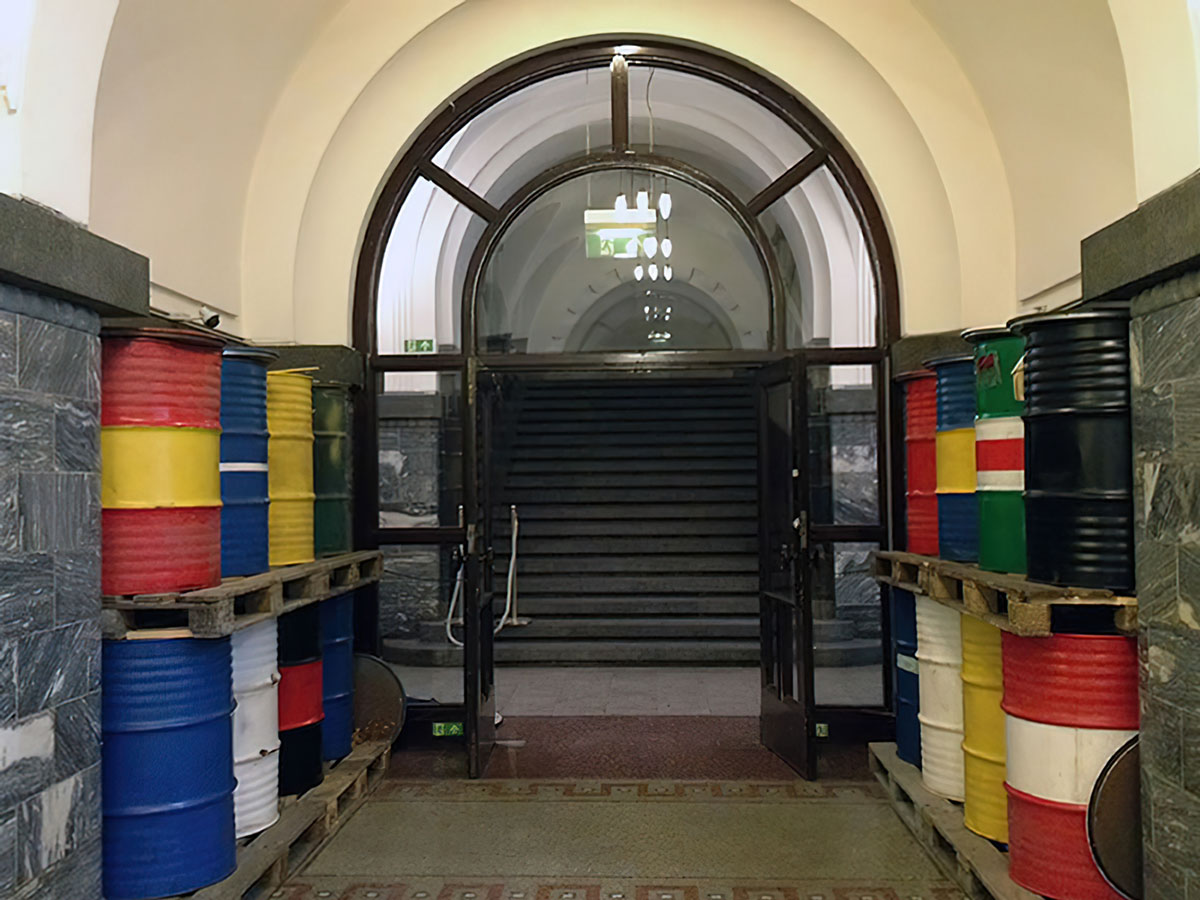 Multi-media artist Camille Norment’s work utilizes the notion of cultural psychoacoustics as both an aesthetic and conceptual framework. She defines this term as the investigation of socio-cultural phenomena through sound and music – particularly instances of sonic and social dissonance, and works through sound as a force over the body, mind, and society.
Multi-media artist Camille Norment’s work utilizes the notion of cultural psychoacoustics as both an aesthetic and conceptual framework. She defines this term as the investigation of socio-cultural phenomena through sound and music – particularly instances of sonic and social dissonance, and works through sound as a force over the body, mind, and society.
By Efi Michalarou
Photo: Camille Norment Archive
For the new, large-scale commission, “Plexus”, Camille Norment has united two sculptural installations in both postindustrial spaces of Dia Chelsea through a single sonic composition, with each space forming a dynamic and reflective acoustic environment. Throughout her career, Norment has probed sociocultural phenomena through sound and music, specifically instances of dissonance as active potentials. In particular, she explores three tones: the bell, feedback, and the sine wave, as well as vibration, as emblematic of the dynamics of experience and idiosyncratic subject-object relations. In her site-specific commission at Dia Chelsea, these three sonic entities are united through the use of the drone—continuous tones which resonate through the gallery architecture. This two-part installation follows the logic of the drone as an articulation of systems, repetitive patterns, and the vibrational voices of human and non-human bodies. The installation at 545 West 22nd Street engages with the site’s history as a shoreline turned landfill. Considering the industrial maritime history of Chelsea, Norment focuses on human migration across the globe through bodies of water and the relational dynamics between humans and the environment. Within the space, monumental structural growths made of responsibly sourced felled and fallen trees branch onto the floor as a continuation of the vaulted ceiling, which itself resembles the ribbed frame of a capsized ship. Encountering the work, the visitor’s mode of listening changes as they experience a microtonal chorus throughout the space and then directly feel the vibrations of voices when sitting or lying on the wood sculptures. In the adjacent space of 541 West 22nd Street, Norment engages with three tones (the bell, feedback, and sine wave) which together resonate with ideas of experienced time and historicity, power, political resistance, and agency. A large brass vessel that simultaneously recalls the morphed form of a bell, singing bowl, and horn sits in the center of the open gallery. Another form recalling both a clapper and a mute drops from the ceiling above. As a unified sculpture, the work amplifies and summons the sound directed into it through a feedback loop facilitated by live microphones hung from the ceiling. Modulated by the movement of bodies through space, the installation privileges the visitor as an influential agent in the work. As the visitor nears the sculpture, spectral artifacts of static from radio recordings of social protests in the 1960s and ’70s become audible. While highly concerned with aesthetic experience, Camille Norment;s simultaneously spans the thresholds of the social and the political, often utilizing specific cultural symbols from various social realms, as ‘quiet’, but potent elements in the work. As such, a singular element specifically charged in one context is expanded to reveal a macrocosm of inter-contextual narratives. In her performance work, Camille performs as a solo artist, with other musicians in selected projects, and with her ensemble, the Camille Norment Trio. The Camille Norment Trio, is comprised primarily of the Norwegian hardingfele, electric guitar, and glass armonica. Each of these instruments was once banned in fear of the psychological, social, or sexual power their sound was thought to have over the body, and the challenge they represented to social control.
Photo: Camille Norment, Rhythm Wars – Crazy Army, 2012, Sound installation, Oil drums, exciters, various audio equipment, Installation size and dimensions variable, Commissioned by the National Museum of Contemporary Art-Oslo, © & Courtesy Camille Norment
Info: Curators: Kelly Kivland, Randy Gibson, Assistant Curator Zuna Maza, Dia Art Foundation, Dia Chelsea, 545 West 22nd Street & 541 West 22nd Street, New York, USA, Duration: 3/3/22-31/1/2023, Days 7 Hours: Wed-Sat 12:00-18:00, https://diaart.org

